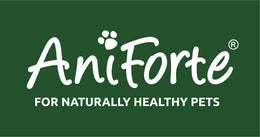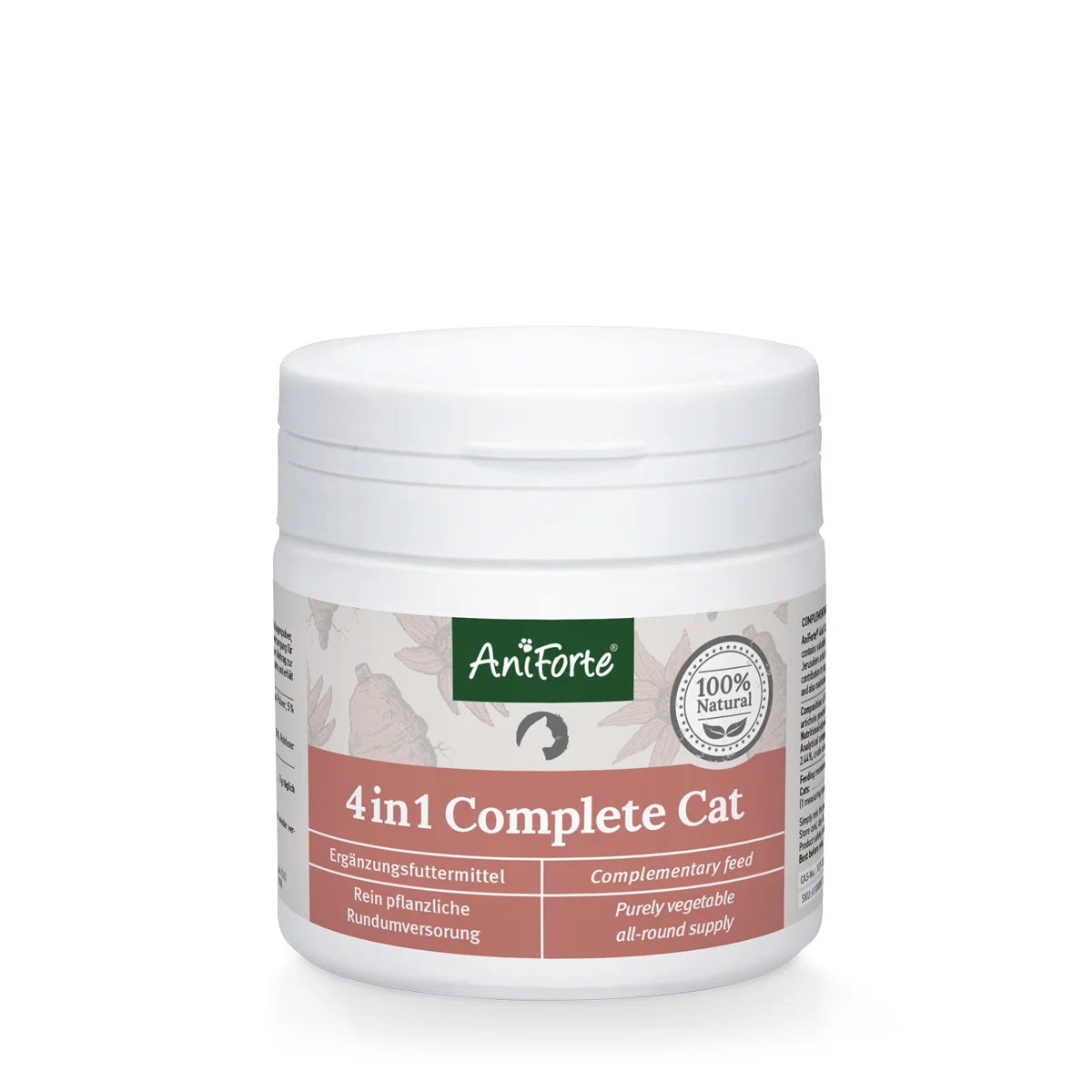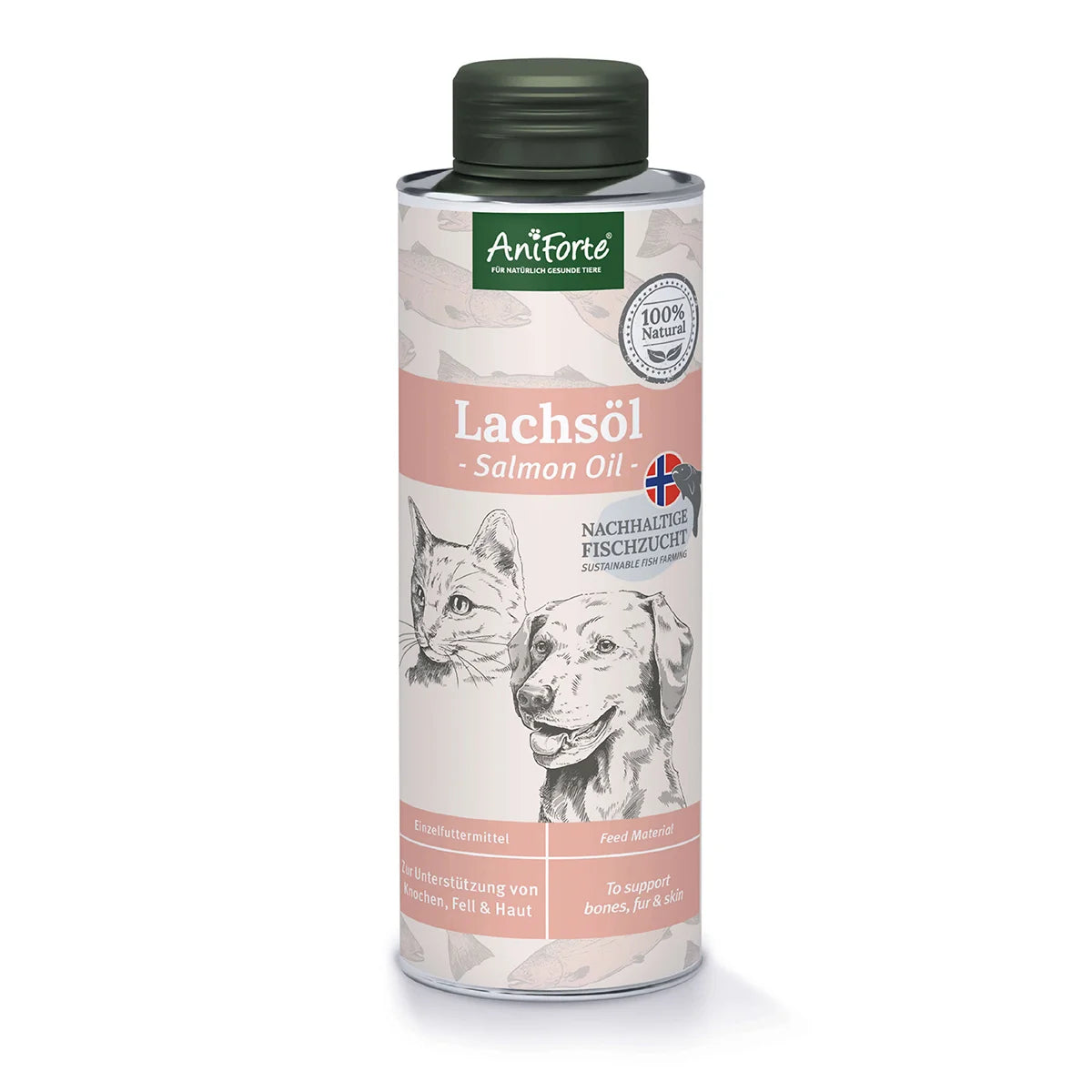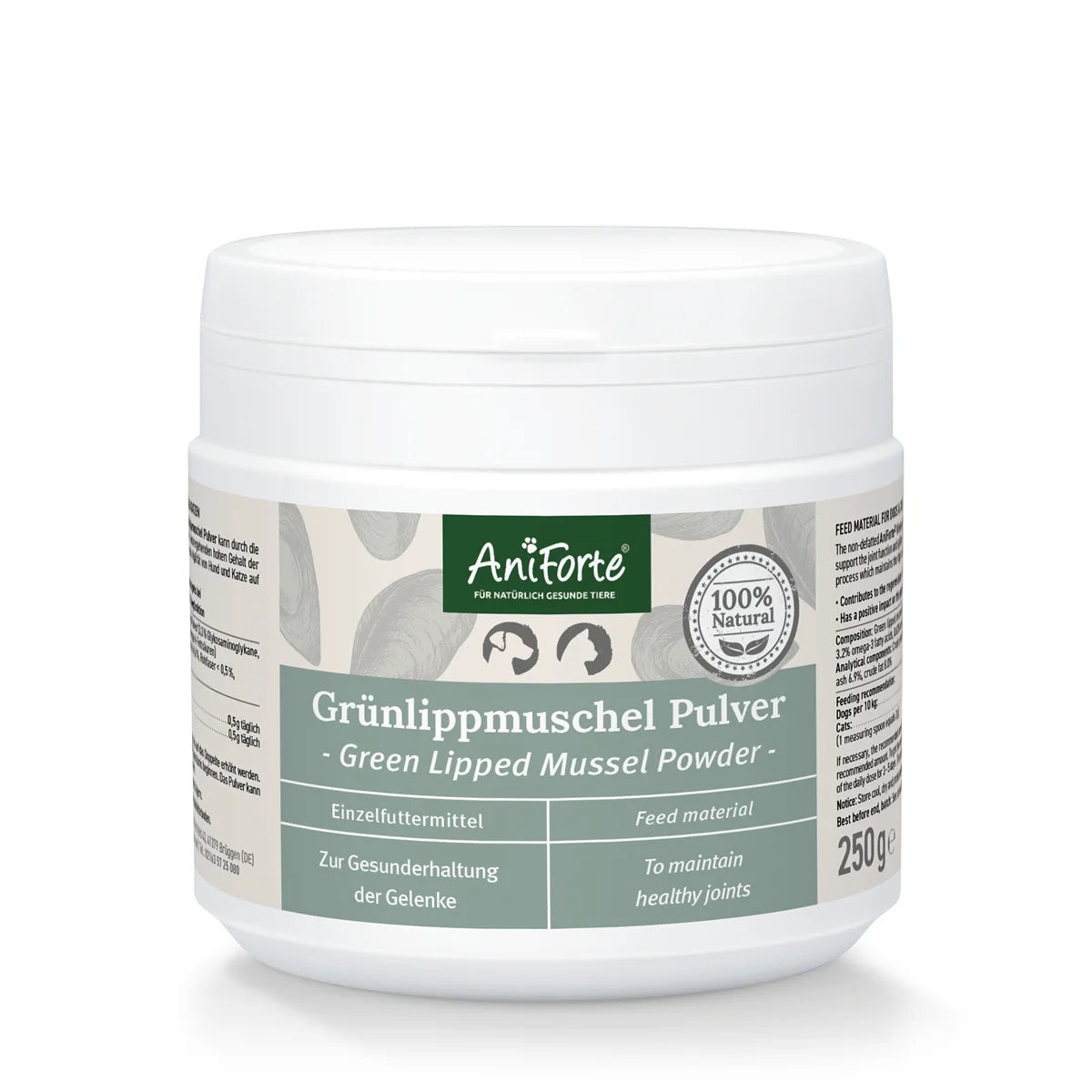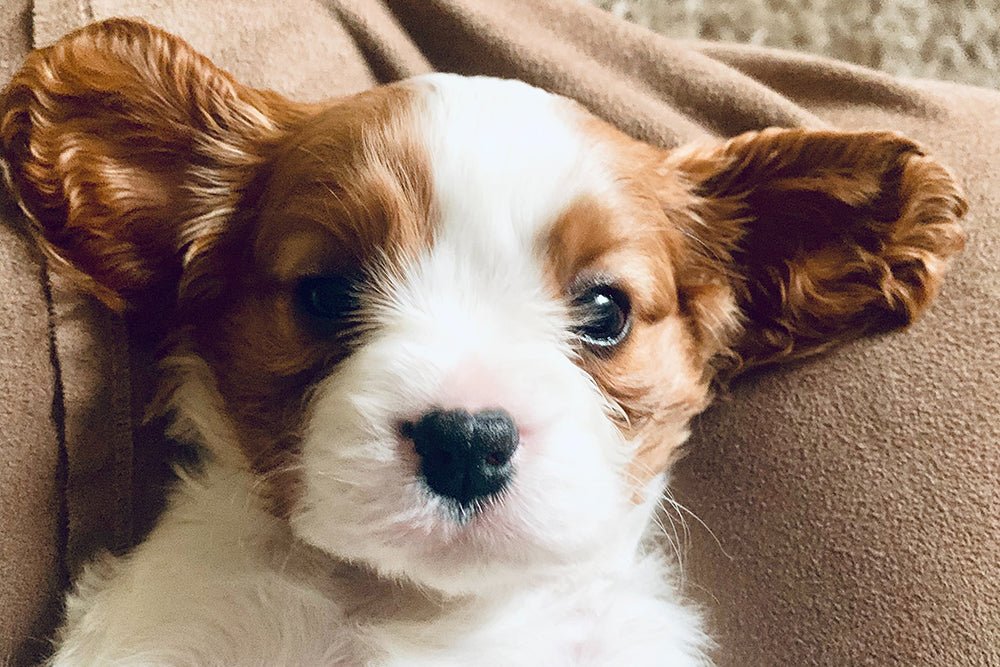
Today we introduce you to the English-Scottish dog breed Border Terrier. Find out everything you need to know about the rough-haired companion and decide whether this little furry friend suits you and your lifestyle.
Origin and history of the Border Terrier
The Border Terrier originally comes from the border area between England and Scotland - hence his name. The breed dates back to the early 20th century and has since spread to other European countries, albeit not as numerous as in Great Britain and Scotland.
The Border Terrier was primarily bred for hunting. The dog was originally supposed to run alongside horses with the pack of foxhounds and be able to keep up with them. The little furry friend still manages that easily today. In addition, this hunting dog was not bred to be particularly large, as he had to create commotion in the fox dens on command. These light-footed, weather-resistant dogs are still used in hunting today.
Appearance
The Border Terrier reaches a height of 25-28 centimeters. He weighs between 5 and 7 kg, and males are usually heavier than females.
The border terrier's head is known as the “otter head,” which is also its trademark. He has button ears that are half standing up. While the lower part of the ears is erect, the ends fall forward. The ear canal is completely covered by the outer ears.
Even if this furry friend is a small to medium-sized dog, it is still very robust due to its breed. The fur is rough and bristly because it should serve as protection from the weather, in the undergrowth of bushes and when digging at the fox den. The Border Terrier comes in different colors: red, wheat, tan, blue/tan.
He also has the typical cheeky and attentive look of a terrier. His dark eyes observe the surroundings attentively and with an alert expression.
Properly grooming Border Terriers
Thanks to the short, rough fur, the Border Terrier requires little care. As a rule, it is sufficient to brush your Border Terrier's coat once or twice a week and check it for possible parasites, dander and other changes in skin and coat. You can also have the Border Terrier's coat trimmed regularly or at the dog groomers.
Because of their hunting instinct, these dogs have a tendency to dig in the mud and dirt frequently, so baths cannot be avoided. In order for the skin to not dry out and the pH value to remain stable, you should use a dog-friendly shampoo. Special dog shampoos are adapted to the needs of the dog's skin and fur and ensure a shiny and easy-to-comb coat. Make sure that any care products you use are on a natural basis. You should use an aloe-vera based shampoo for particularly sensitive Border Terriers.
It’s also important to regularly inspect your dog’s claws. If they are too long, you can cut the nails yourself with nail scissors for dogs. You can find out exactly how this works in our blog post with video.
The Border Terrier’s character
The Border Terrier was bred as a hunting dog with an emphasis on digging, but it was also kept as a watch dog in horse stables or on farms. The terrier's predilection is to hunt and drive away rodents such as rats or martens, and it is not uncommon for them to kill the animals.
The Border Terrier has a friendly nature; aggression towards humans or other other dogs usually doesn’t occur. It adapts well to its human companions and is generally accepting of pet roommates.
In the garden, however, you should keep an eye on the active hunter: He tends to break out of gardens because his thirst for adventure is being reinforced by his hunting instinct and curiosity.
The Border Terrier is a small dog, but because of its breed, he has a very strong urge to move. You will need to accommodate this need, otherwise it can affect the state of mind of this bright and intelligent dog. He loves to hunt, run and work out. He easily keeps up with your jogging rounds and is the right companion on long hikes. You can also train him professionally for hunting and do justice to his nature. This small, robust furry friend doesn't like boredom at all, so he is ideal for particularly active people.
As a dog for first-time-owners, the Border Terrier is out of the question. If you want to get a Border Terrier, you should already have dog experience. Even as a puppy, the little rascal has to be brought up with constence and clear guidance, otherwise his education can become too cumbersome.
Older people who are physically challenged are also not recommended for this breed, because these dogs are very active and need the appropriate physical activity.
Border Terrier diseases
Border Terriers are a very robust breed and live to an age between 12 and 15 years. Some dogs even reach a biblical dog age of 17-19 years. In our article “how old do dogs get?” You can find out which dog breeds have a particularly long life expectancy and which dogs have a rather low average age.
In Border Terriers, these breed-typical diseases can occasionally occur:
- Epilepsy
- Heart disease
- Eye diseases such as progressive retinal atrophy
Inbreeding can also be a problem as the Border Terrier population is rather small. A reputable breeder shows the dog's pedigree and makes sure that no inbreeding cases occur in the breed line.
As dog owners, we want our furry friends to get extra old and have plenty of time with us, so it’s important to feed the dog in a species-appropriate and nutritious way. The Border Terrier food should therefore meet this dog's nutritional needs, otherwise you risk malnutrition, secondary diseases and lethargy. When choosing food for your Border Terrier, make sure that it is adapted to his needs.
Do you already know your dog's nutritional needs?
In our BARF nutrition plan, we analyse the individual needs of your dog and put together a personal menu for your darling. A sufficient supply of nutrients is essential, especially for the Border Terrier. Since this furry friend is very active, he needs an individual composition of his food. Learn more about the individual BARF nutrition plan for your dog, and please contact us with any questions.
